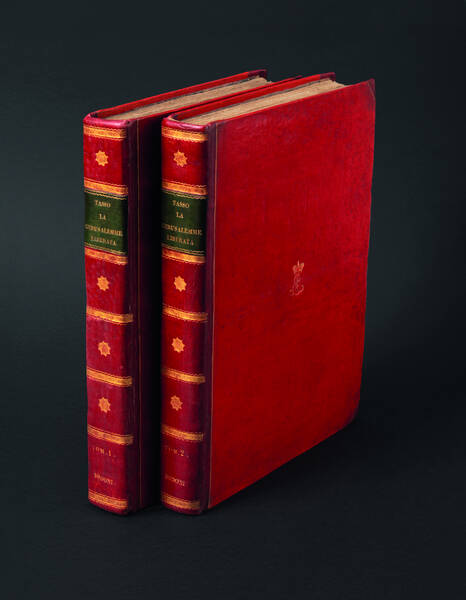ALIGHIERI, Dante. La Diuina Comedia di Dante, di nuouo alla sua vera lettione ridotta con lo aiuto di molti antichissimi esemplari. Con argomenti, et allegorie per ciascun canto, & apostille nel margine. Et indice copiosissimo di tutti i vocaboli piu importanti vsati dal poeta, con la spositione loro.
Venice, appresso Gabriel Giolito de Ferrari, et fratelli., 1555.Duodecimo (130 x 75 mm.), [18] leaves, 598 pages, [1] leaf, Italic and Roman type, with woodcut printer's device on title-page and on verso of last leaf. Woodcut medallion portrait of Dante, twelve woodcut illustrations in text, mostly smaller copies of the woodcuts used in the Francesco Marcolini edition of 1544, woodcut initials and headpieces. A good copy from the library of Leo S. Olschki (ex libris), bound in XIX century half calf, flat spine with gilt title.
First edition of the Dante's Commedia edited by Lodovico Dolce.
“For the first time the qualifier Divina was added to the title Commedia in this 1555 edition produced by one of the most illustrious printers of the period. The edition was prepared by Lodovico Dolce (1508-1568), who is probably responsible for the successful change in title.
Dante had already been proclaimed divino on the title pages of previous Venetian imprints (1512, 1520, 1529 and 1536) (and divo in various colophons since Windelin of Speyer's 1477 edition). Dolce was a great friend of the polygraph Pietro Aretino (1492-1556) also known at the time as Il Divino, and it has been suggested that Dolce probably thought better of calling Dante with the same title. Instead, introducing a clever and legitimate variation, he applied the adjective ‘Divine' to the poem itself. Giolito never again reprinted his Dante edition, leaving that to another Venetian printer, Domenico Farri. Yet, Farri's reprints would not have been sufficient to guarantee the success of the new title if the Crusca Academy had not used it in their authoritative edition in 1595. Lodovico Dolce was responsible for inventing a new and attractive presentation of the poem. The editor recognized that the period of uncontested Petrarchism and of Pietro Bembo's literary dominance was drawing to a close, and surmised that in the second half of the century readers tired of Petrarch would return to Dante. Dolce also recognized that a contemporary Dante, while it could not be burdened by an overwhelming commentary as it had been by those of Landino and Vellutello, could not be offered completely devoid of explanation as it had been in the Aldine imprints of Bembo's era. Thus Dolce elaborated an elegant tripartite apparatus: at the head of each canto a brief argument summarizing its contents; at the end an equally brief note on the canto's allegory; and in the margins, minimalist postils, referenced and summarized in two indexes, one lexical and the other organized by subject. From a textual standpoint, Dolce was not a very competent philologist, and the fifty or so variants he introduced in his edition had no particular authority. Despite his grandiose claim to have based his revision on ‘an exemplar copied from the manuscript of Dante's son, obtained from the erudite youth Messer Battista Amalteo' -one up on the generic and equally specious appeals to unidentifiable ancient codices made by other editors during the period”. (Renaissance Dante in print, 1472-1629. University of Notre Dame; The Newberry Library and the University of Chicago).
Mambelli 39; Bongi I, 475-476 : ‘In questa del 1555 per la prima volta si disse divina l'opera sua, e Divina Comedia fu poi il titolo accettato da tutto il mondo e ripetuto nella maggior parte delle edizioni'; De Batines 90: ‘rara e nitida edizione in caratteri corsivi'; Gamba 389.
Other Books
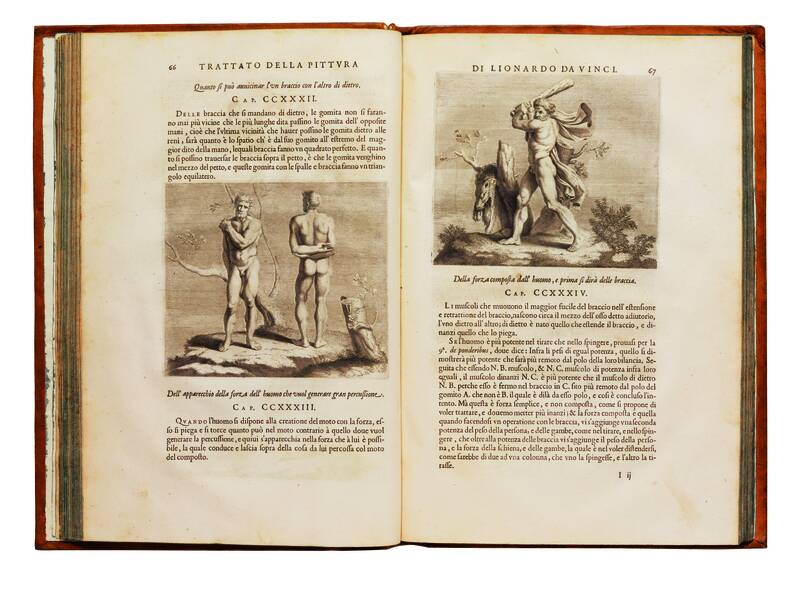
LEONARDO DA VINCI
Trattato della Pittura di Lionardo da Vinci, Nouamente dato in luce, con la vita dell’istesso autore, scritta da Rafaelle Du Fresne. Si sono giunti i...
SOLD OUT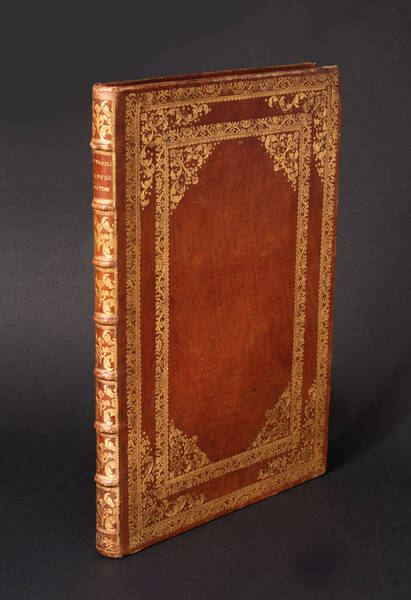
BERRETTINI DA CORTONA PIETRO
Tabulae Anatomicae a celeberrimo pictore Petro Berrettino Cortonensi delineatae, & amp; egregiè aeri incisae nunc primum produent, et a Cajetano...
SOLD OUT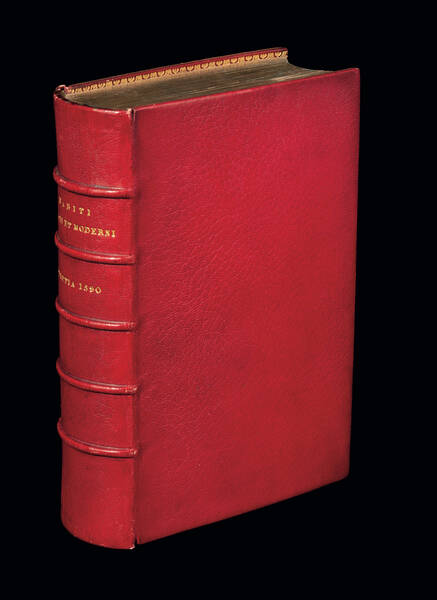
VECELLIO, Cesare
Degli Habiti Antichi, et Moderni di Diverse Parti del Mondo Libri due, fatti da Cesare Vecellio, & con Discorsi da Lui Dichiarati.
SOLD OUT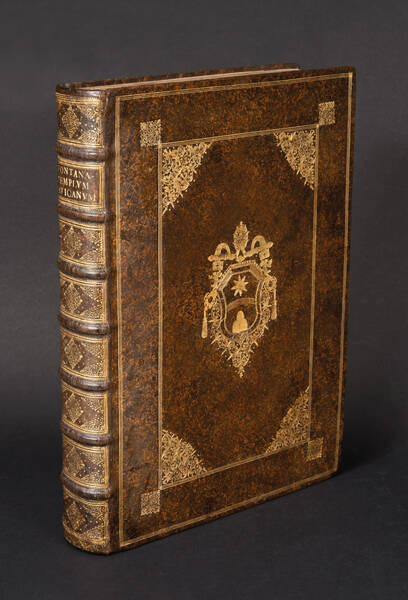
FONTANA, Carlo
Templum Vaticanum et ipsius origo cum aedificiis maximè conspicuis antiquitùs, & recèns ibidem constitutis; editum ab equite Carolo Fontana ... opus...
€ 38.000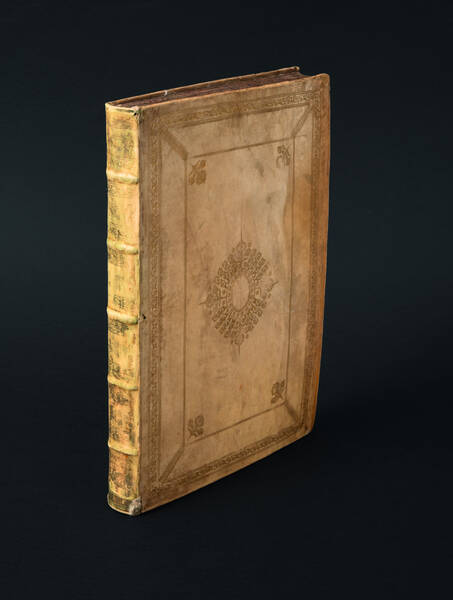
CONTILE, Luca
Ragionamento di Luca Contile sopra la proprietà delle imprese con le particolari de gli Academici Affidati et con le interpretationi et croniche.
€ 8.000![[De Architectura libri decem], M. Vitruuius per Iocundum solito castigatior factus cum figuris et tabula vt iam legi et intelligi possit. [De Architectura libri decem], M. Vitruuius per Iocundum solito castigatior factus cum figuris et tabula vt iam legi et intelligi possit.](https://www.medariquier.com/typo3temp/pics/b57e48f107.jpg)
VITRUVIUS POLLIO, Marcus
[De Architectura libri decem], M. Vitruuius per Iocundum solito castigatior factus cum figuris et tabula vt iam legi et intelligi possit.
SOLD OUT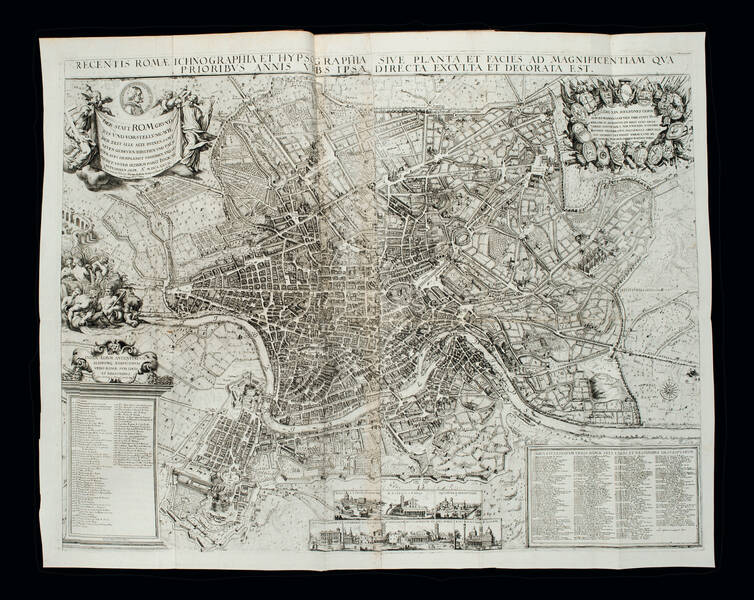
SANDRART, Joachim von
Romae antiquæ et novæ theatrum; sive, genuina ac vera urbis, juxta varios ejusdem status, delineatio topographica.
SOLD OUT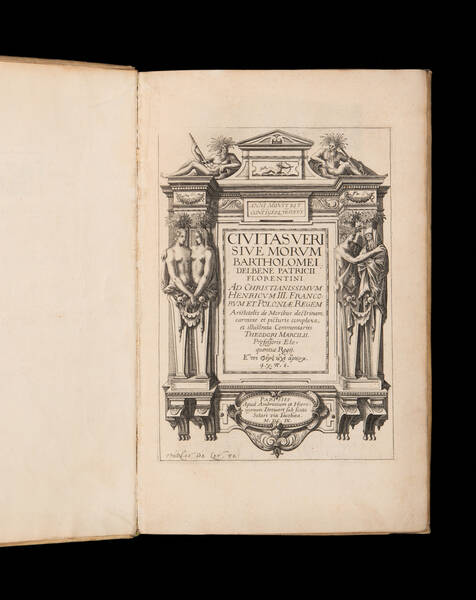
DEL BENE, Bartolommeo
Civitas veri sive morum ... illustrata commentariis Theodori Marcilii.
€ 19.000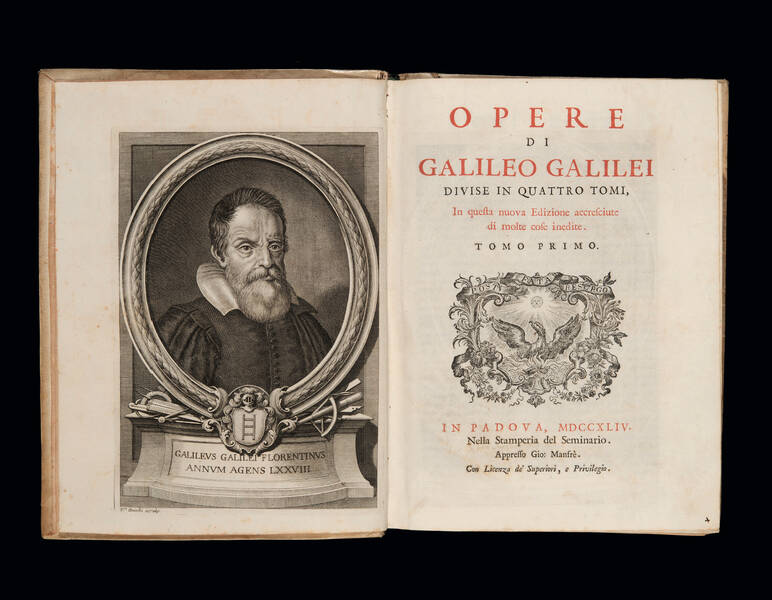
GALILEI, Galileo
Opere, divise in quattro tomi, in questa nuova edizione accresciute de molti cose inedite.
SOLD OUT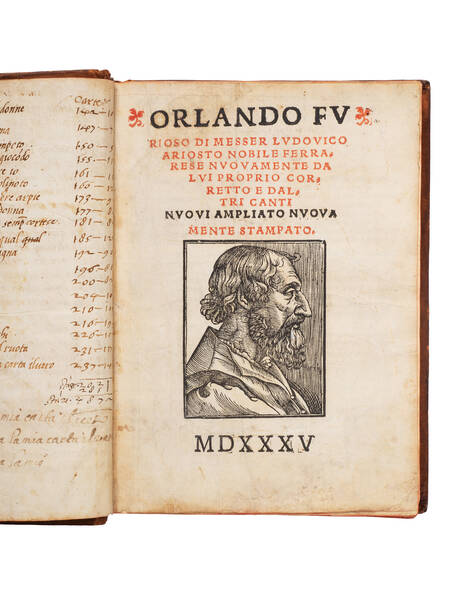
ARIOSTO, Lodovico
Orlando furioso di messer Ludovico Ariosto nobile ferrarese nuovamente da lui proprio corretto e daltri canti nuovi ampliato, nuovamente stampato.
SOLD OUT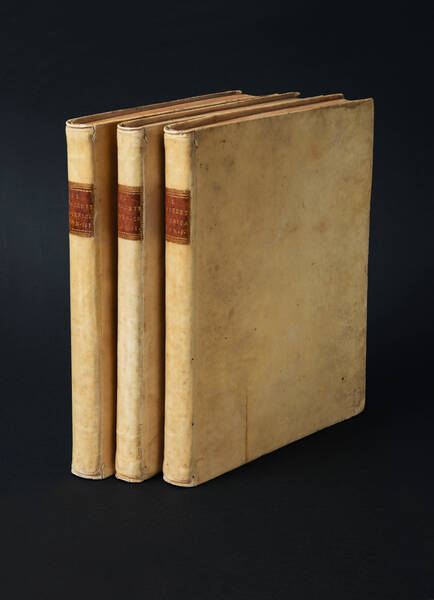
GAZZETTIERE AMERICANO
Il Gazzettiere Americano, contenente un distinto Ragguaglio di Tutte le Parti del Nuovo Mondo.
SOLD OUTMEDA RIQUIER rare books ltd.
4 Bury Street St James's
SW1Y 6AB London
Phone +44 (0) 7770457377
info@medariquier.com
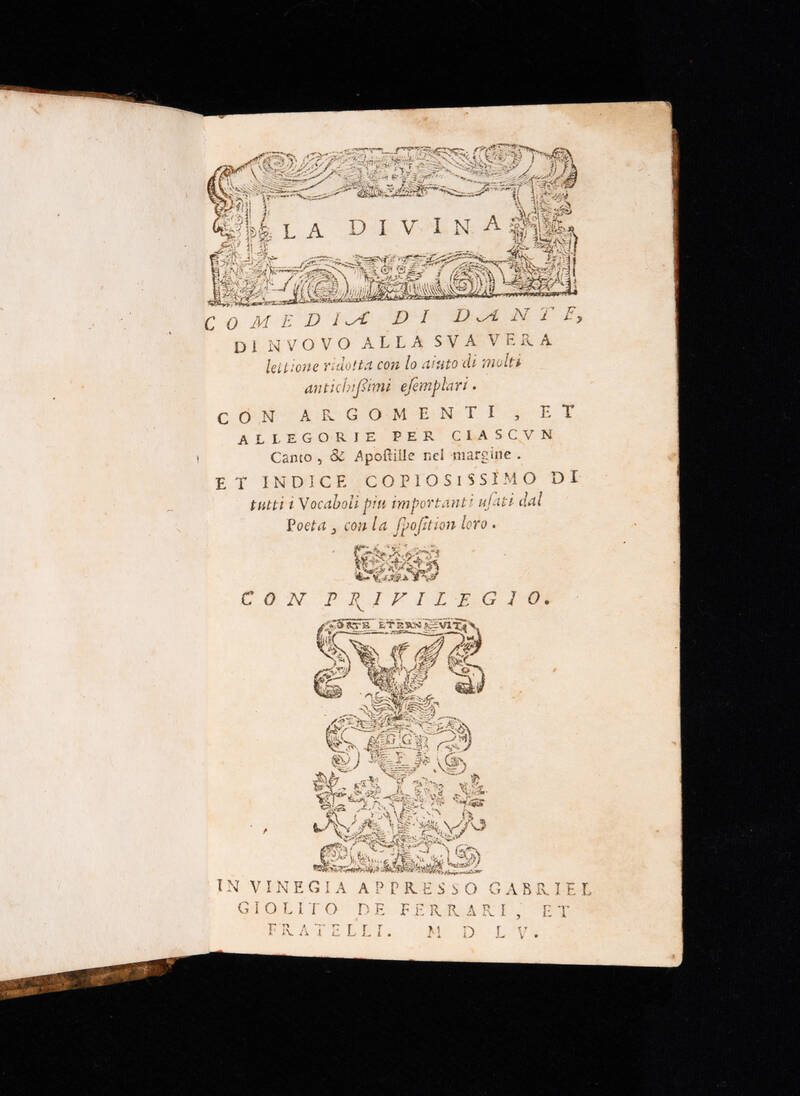
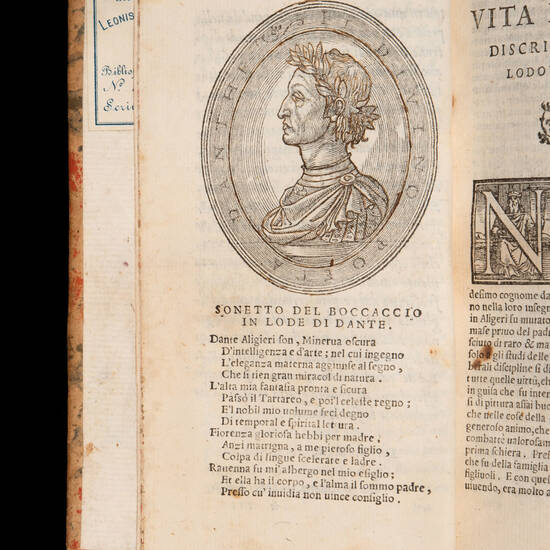
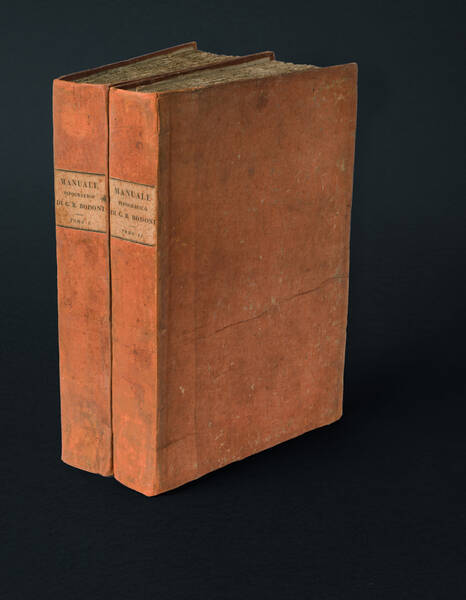
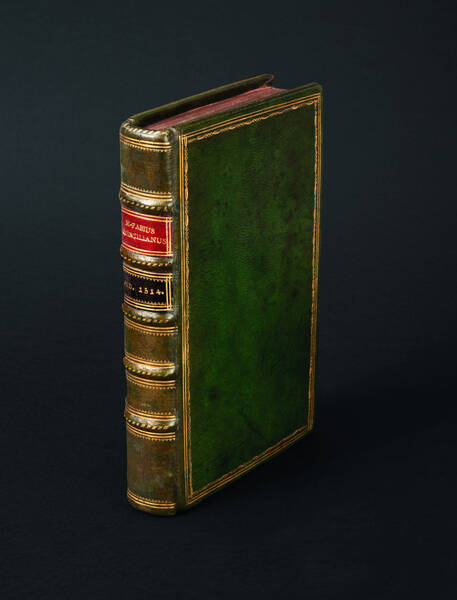
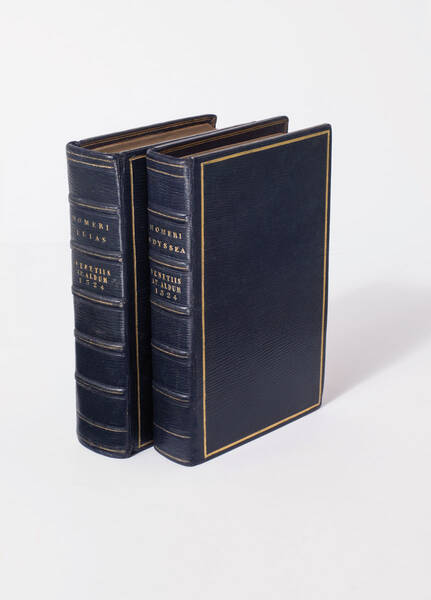
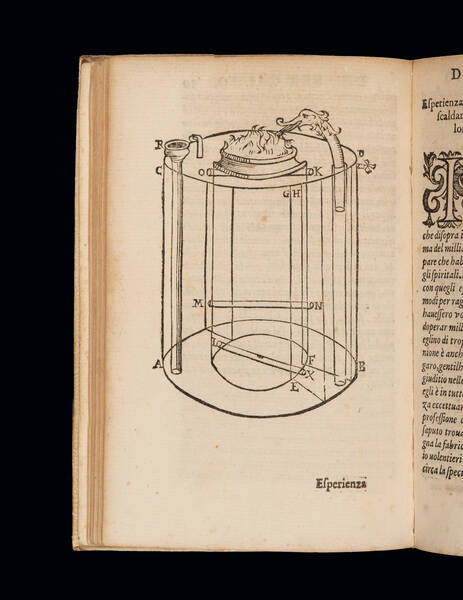
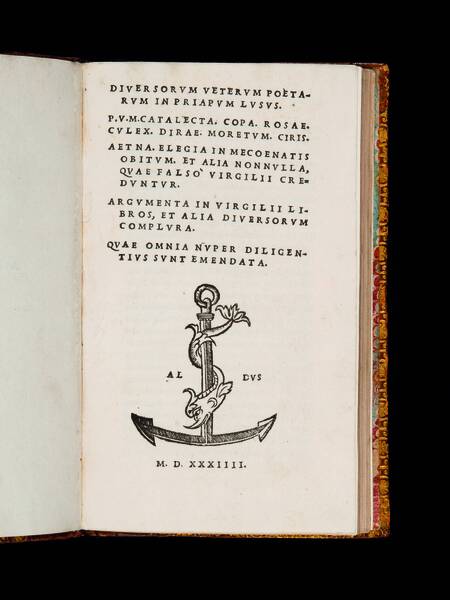
![MORE, Sir Thomas. De optimo reip. statu deque nova insula Utopia ... Epigrammata [with:]DESIDERIUS ERASMUS. Epigrammata. MORE, Sir Thomas. De optimo reip. statu deque nova insula Utopia ... Epigrammata [with:]DESIDERIUS ERASMUS. Epigrammata.](https://www.medariquier.com/typo3temp/pics/9344bb41f5.jpg)
